What is the Difference Between a Tank Truck and an ISO Tank?
When it comes to transporting liquids, gases, or hazardous materials, 2 common options are tank trucks and ISO tanks. Both serve vital roles in the logistics and transportation industry, but they differ in design, application, and regulations. Understanding these differences is essential for businesses involved in the storage and transport of these substances, as each option offers distinct advantages depending on the specific needs of the operation.
Tank Truck: A Mobile Solution
Overview
A tank truck, also known as a tanker truck or a tank lorry, is a motor vehicle designed to carry liquids or gases on the road. These trucks are a familiar sight on highways, delivering everything from gasoline to milk, chemicals, and even water. Tank trucks are versatile, able to transport a wide variety of products, and they are essential in industries such as petroleum, agriculture, and chemical manufacturing.
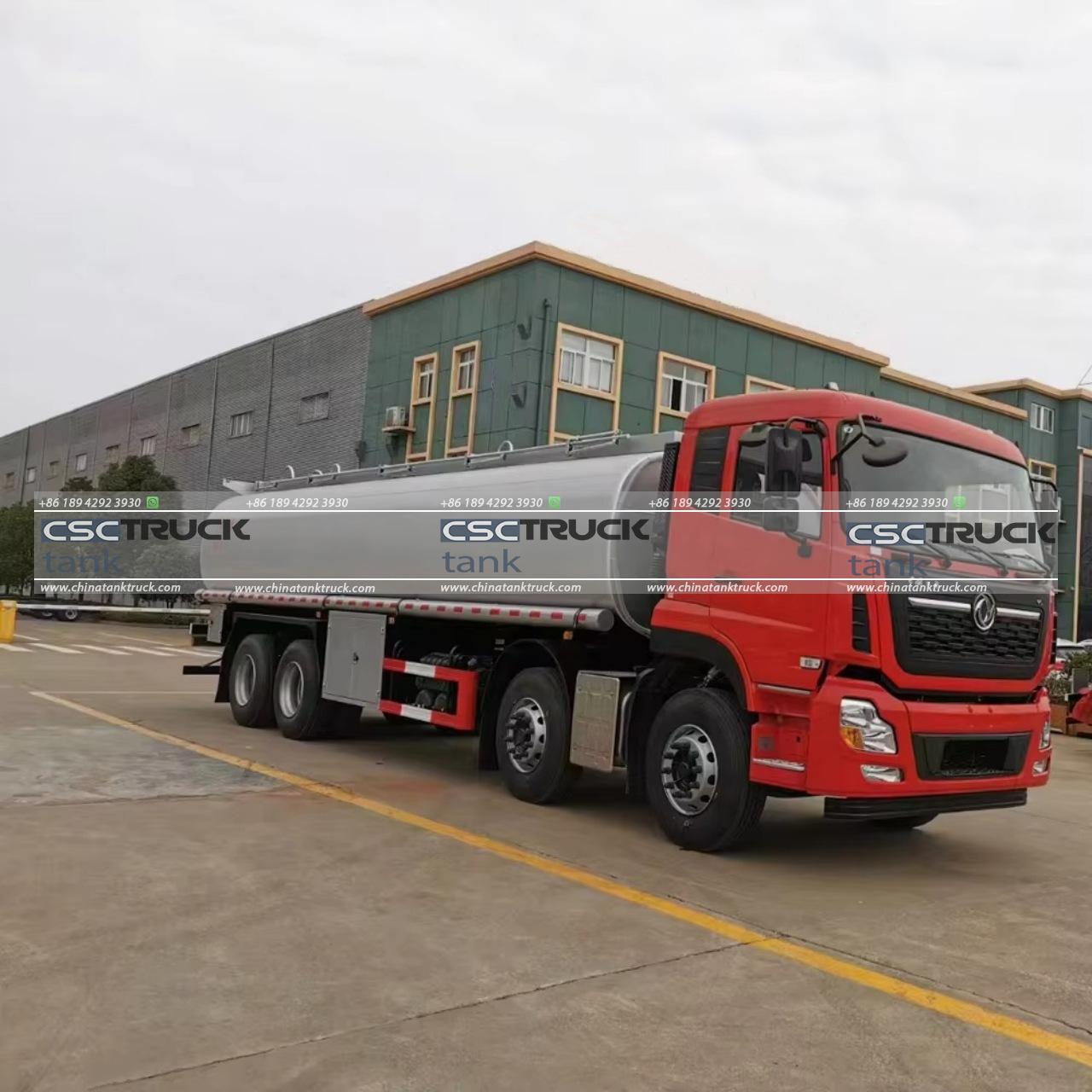
Design and Capacity
Tank trucks are equipped with a large cylindrical tank mounted on a truck chassis. The capacity of a tank truck can vary widely, ranging from a few thousand liters to tens of thousands, depending on the size and purpose of the truck. For instance, smaller tank trucks are used for local deliveries, such as fuel to gas stations, while larger ones are employed for long-haul transportation.
The tanks themselves are typically made from stainless steel, aluminum, or other materials that are resistant to corrosion and can withstand the pressure of the liquids or gases they carry. Some tanks are insulated or even heated to maintain the temperature of the cargo, which is crucial for products like asphalt or certain chemicals.
Applications
Tank trucks are used in a broad range of applications. In the petroleum industry, they transport fuel from refineries to distribution centers or directly to gas stations. In agriculture, they deliver milk from farms to processing plants, and in the chemical industry, they are used to transport hazardous chemicals that require special handling.
One of the key advantages of tank trucks is their mobility. They can deliver products directly to where they are needed, whether that’s a remote construction site or a retail location. This makes them indispensable for last-mile delivery in the supply chain.
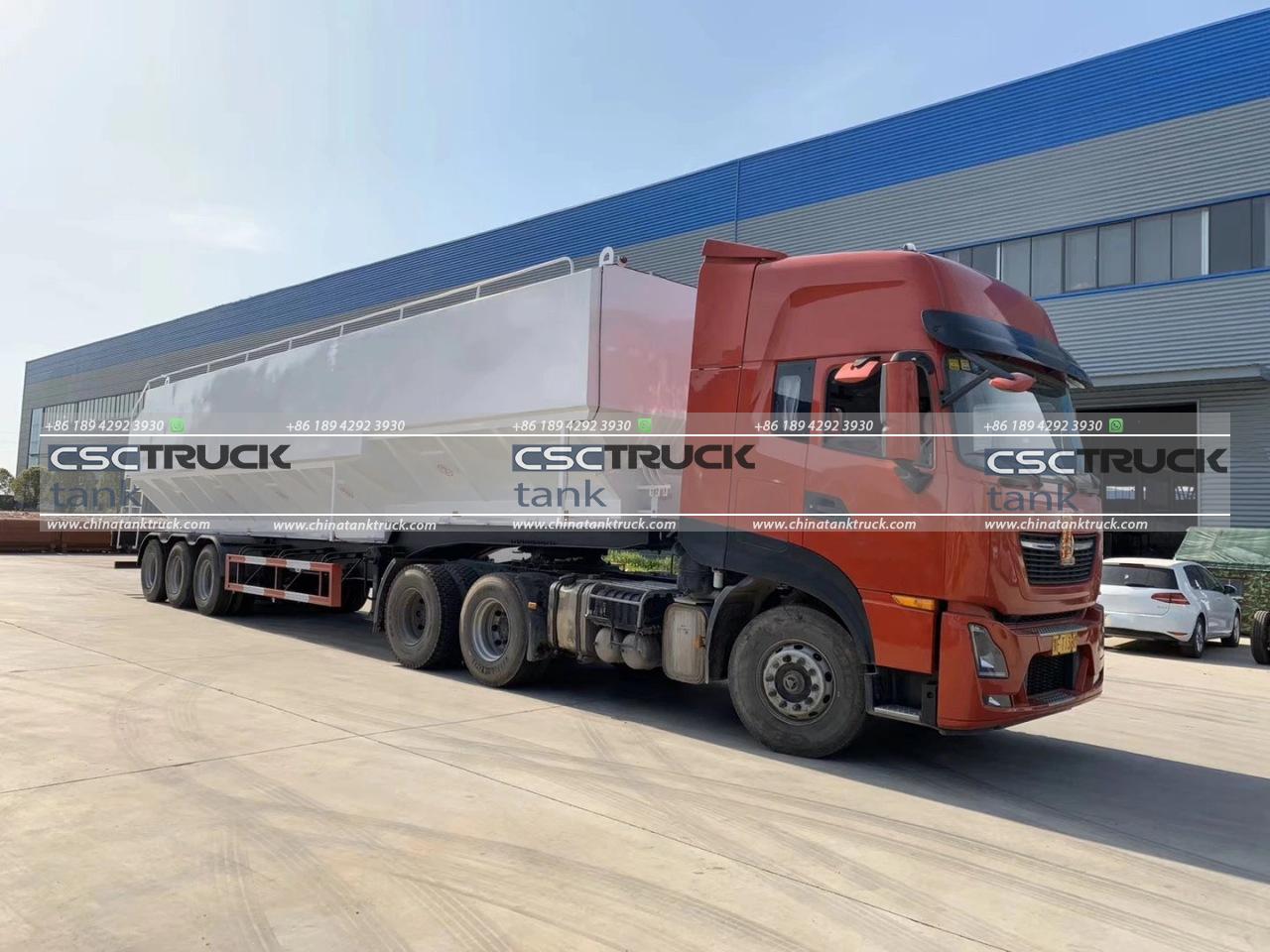
Regulations and Safety
Due to the potentially hazardous nature of the cargo they carry, tank trucks are subject to stringent regulations. In the United States, for example, the Department of Transportation (DOT) sets guidelines on how tank trucks must be constructed and operated. Drivers must also have specialized training and certifications, particularly when transporting hazardous materials.
Safety features on tank trucks include rollover protection, emergency shut-off valves, and specialized braking systems. These are designed to minimize the risk of accidents and spills, which can have severe environmental and safety consequences.
ISO Tank: A Global Standard for Efficiency
Overview
An ISO tank, or ISO container, is a type of tank container that is built according to the International Organization for Standardization (ISO) specifications. These tanks are primarily used for the intermodal transportation of liquids, gases, and powders. Unlike tank trucks, ISO tanks are not self-propelled but are designed to be transported by various means, including trucks, trains, and ships.
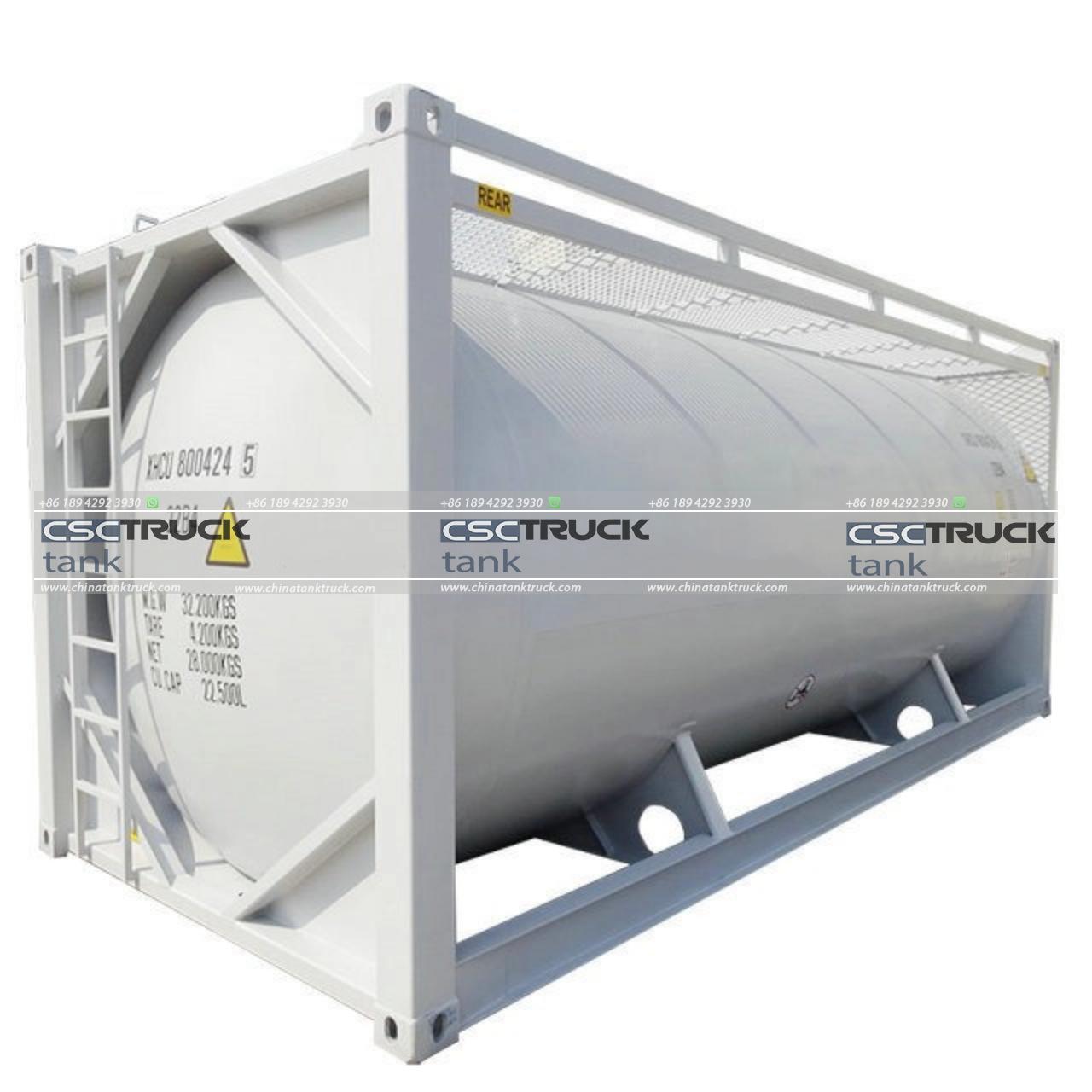
Design and Capacity
ISO tanks are constructed within a rigid frame that conforms to standard container dimensions, typically 20 feet or 40 feet in length. This standardization allows them to be seamlessly integrated into global transport networks, making it easier to transfer cargo between different modes of transportation, such as from a ship to a truck or train.
The capacity of an ISO tank generally ranges from 17,500 liters to 26,000 liters. These tanks are made from stainless steel and often feature a layer of insulation to maintain the temperature of the cargo. Some ISO tanks are also equipped with heating or refrigeration systems for transporting temperature-sensitive materials.
One of the defining characteristics of ISO tanks is their versatility. They can carry a wide range of products, including chemicals, food-grade liquids, and even cryogenic gases. The tanks are designed to withstand the pressures of intermodal transport and are built to be durable, often lasting 20 years or more with proper maintenance.
Applications
ISO tanks are widely used in international trade, where their ability to be easily transferred between different transportation modes is a significant advantage. They are commonly seen at ports, rail yards, and distribution centers, moving products across countries and continents.
In the chemical industry, ISO tanks are preferred for their ability to safely transport hazardous materials over long distances. They are also used for food-grade products, such as wine, edible oils, and fruit juices, where maintaining the purity and quality of the cargo is essential.
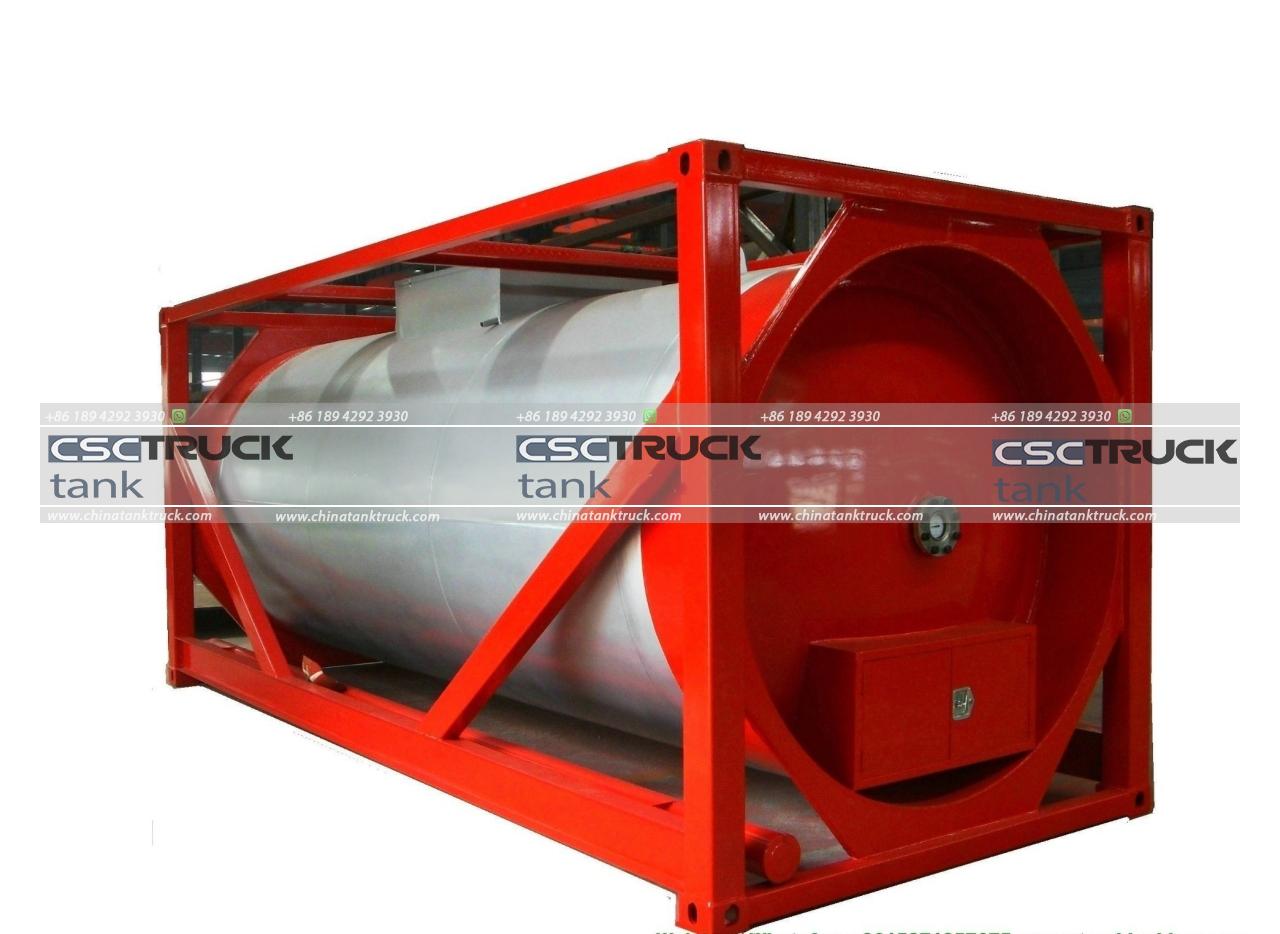
Regulations and Safety
Like tank trucks, ISO tanks are subject to stringent regulations to ensure the safe transport of hazardous materials. The ISO standardization itself is part of these regulations, ensuring that tanks used in international trade meet specific criteria for construction, testing, and certification.
In addition to ISO standards, various international and national regulations apply to the use of ISO tanks, depending on the nature of the cargo and the regions through which they travel. Safety features on ISO tanks include pressure relief valves, emergency shut-off systems, and the ability to be thoroughly cleaned between uses to prevent contamination.
Key Differences Between Tank Trucks and ISO Tanks
While both tank trucks and ISO tanks are used for transporting liquids and gases, they differ in several key aspects:
1. Mobility vs. Intermodality:
– Tank trucks are self-propelled vehicles designed for road transport, offering high mobility for short and medium distances.
– ISO tanks are intermodal containers that can be transported by truck, train, or ship, making them ideal for long-distance, international transport.
2. Design and Standardization:
– Tank trucks are custom-built according to the specific needs of the cargo they carry, with varying capacities and configurations.
– ISO tanks are standardized containers with fixed dimensions, allowing for easy integration into global transport systems.
3. Capacity:
– Tank trucks can have a broader range of capacities, from small delivery vehicles to large tankers.
– ISO tanks have a more standardized capacity, typically between 17,500 and 26,000 liters, optimized for intermodal transport.
4. Regulatory Compliance:
– Tank trucks are subject to national regulations, such as those from the DOT in the U.S., focusing on road safety and hazardous materials handling.
– ISO tanks must comply with international standards and regulations, ensuring they can be used in global trade without regulatory conflicts.
5. Applications:
– Tank trucks are often used for domestic deliveries, providing direct service to locations that might not be easily accessible by other means.
– ISO tanks are used in international shipping and are ideal for long-haul transport across different countries and continents.
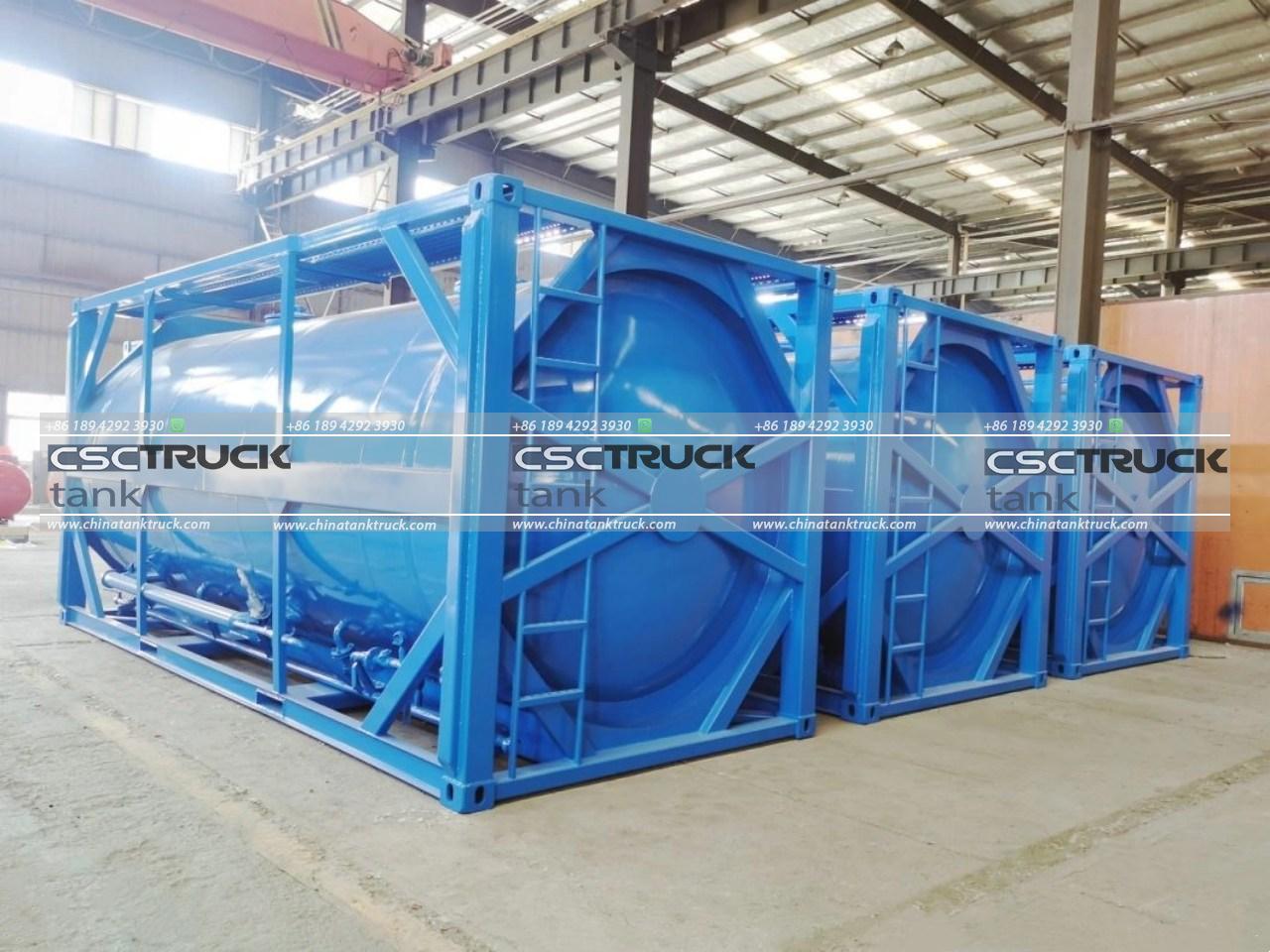
Conclusion
In summary, tank trucks and ISO tanks are both vital tools in the transportation of liquids, gases, and hazardous materials, but they serve different purposes. Tank trucks are highly mobile and versatile, making them ideal for domestic transport and last-mile delivery. On the other hand, ISO tanks are standardized containers designed for intermodal transport, making them the preferred choice for international trade and long-distance hauling. Understanding the differences between these 2 options allows businesses to choose the most suitable method for their specific transportation needs.

